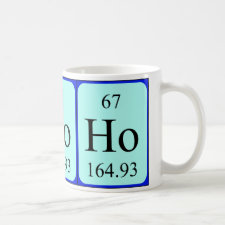
Authors: Danquah MK, Aruei RC, Wilson LD
Article Title: Phenolic Pollutant Uptake Properties of Molecular Templated Polymers Containing β-Cyclodextrin.
Publication date: 2018
Journal: The Journal of Physical Chemistry B
Volume: 122
Issue: (17)
Page numbers: 4748-4757.
DOI: 10.1021/acs.jpcb.8b01819
Abstract: Templated (T) and nontemplated (NT) cross-linked materials containing β-cyclodextrin (β-CD) and epichlorohydrin (EPH) were prepared at variable β-CD-EPH ratios (1:15, 1:20, and 1:25) in the presence and absence of a molecular template (toluene). The structural characterization of the materials was carried out using spectroscopy (Fourier transform infrared, solids 13C NMR, and scanning electron microscopy) and thermogravimetric analysis. The adsorption properties were studied with phenol-based adsorbates (2,4,6-trinitrophenol (TNP) and p-nitrophenol (PNP)) at equilibrium and dynamic conditions. The monolayer adsorption capacity (Qm) varied for the T-polymer/TNP systems (Qm = 0.10-0.95 mmol/g) and NT-polymer/TNP systems (Qm = 0.23-0.83 mmol/g). The range of Qm values for the T-polymer/PNP systems (0.26-0.62 mmol/g) exceeded that of the NT-polymer/PNP systems (0.23-0.40 mmol/g). The kinetic uptake profiles for the polymers and phenolphthalein were reliably described by the pseudo-first-order model. The β-CD inclusion site accessibility for the polymers varied from 15 to 20%, according to the level of cross-linking, where the accessibility of the T-polymers exceeded that of the NT-polymers. The structural characterization and phenol adsorption properties provide complementary support for the role of tunable polymer morphology in adsorption processes. The role of two-site binding was demonstrated for linear and globular polymer materials according to their unique adsorption properties with phenols of variable size and hydrophile-lipophile character
Template and target information: toluene, 2,4,6-trinitrophenol, TNP, picric acid, p-nitrophenol, PNP



Join the Society for Molecular Imprinting

New items RSS feed
Sign-up for e-mail updates:
Choose between receiving an occasional newsletter or more frequent e-mail alerts.
Click here to go to the sign-up page.
Is your name elemental or peptidic? Enter your name and find out by clicking either of the buttons below!
Other products you may like:
 MIPdatabase
MIPdatabase









